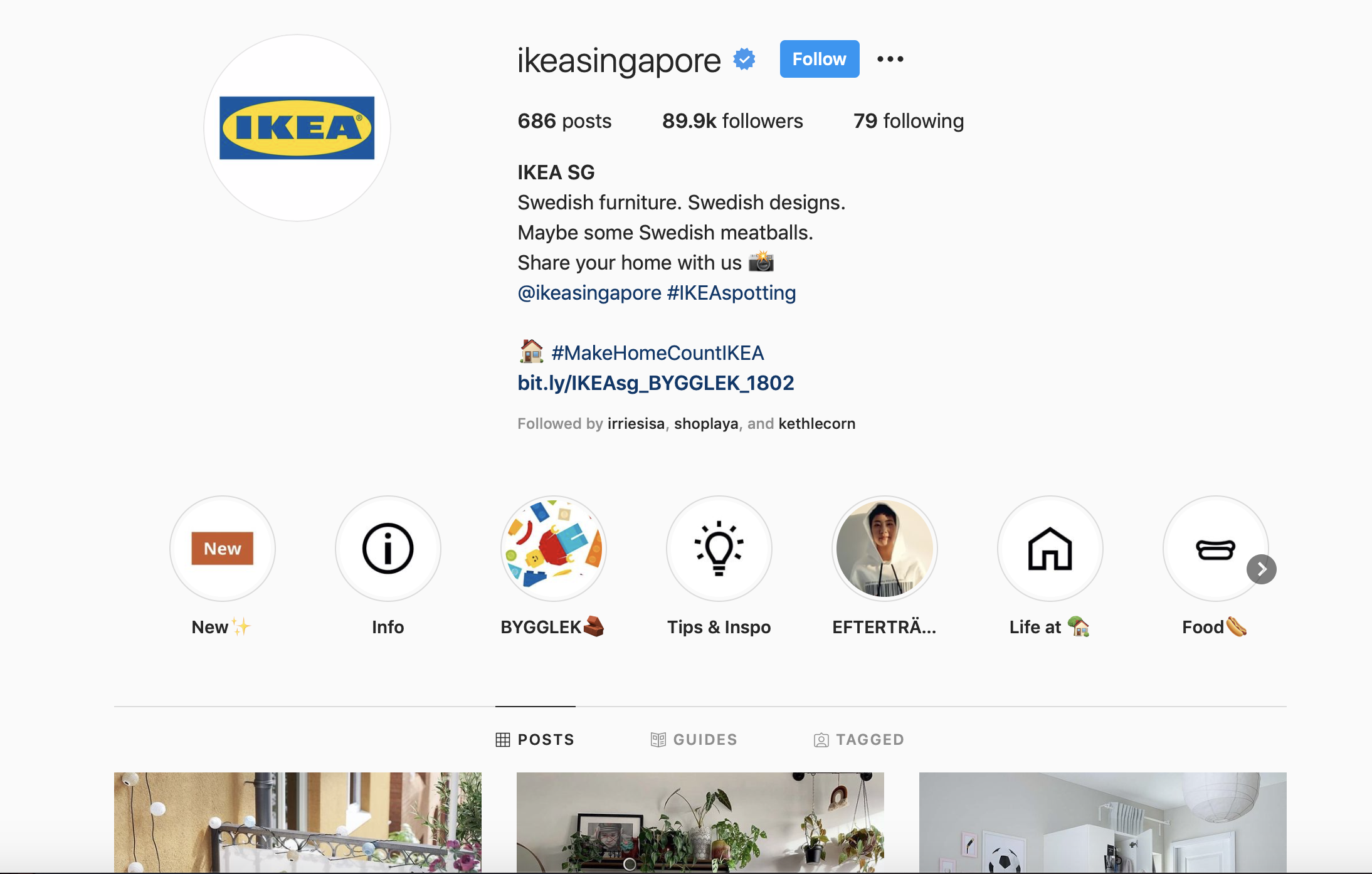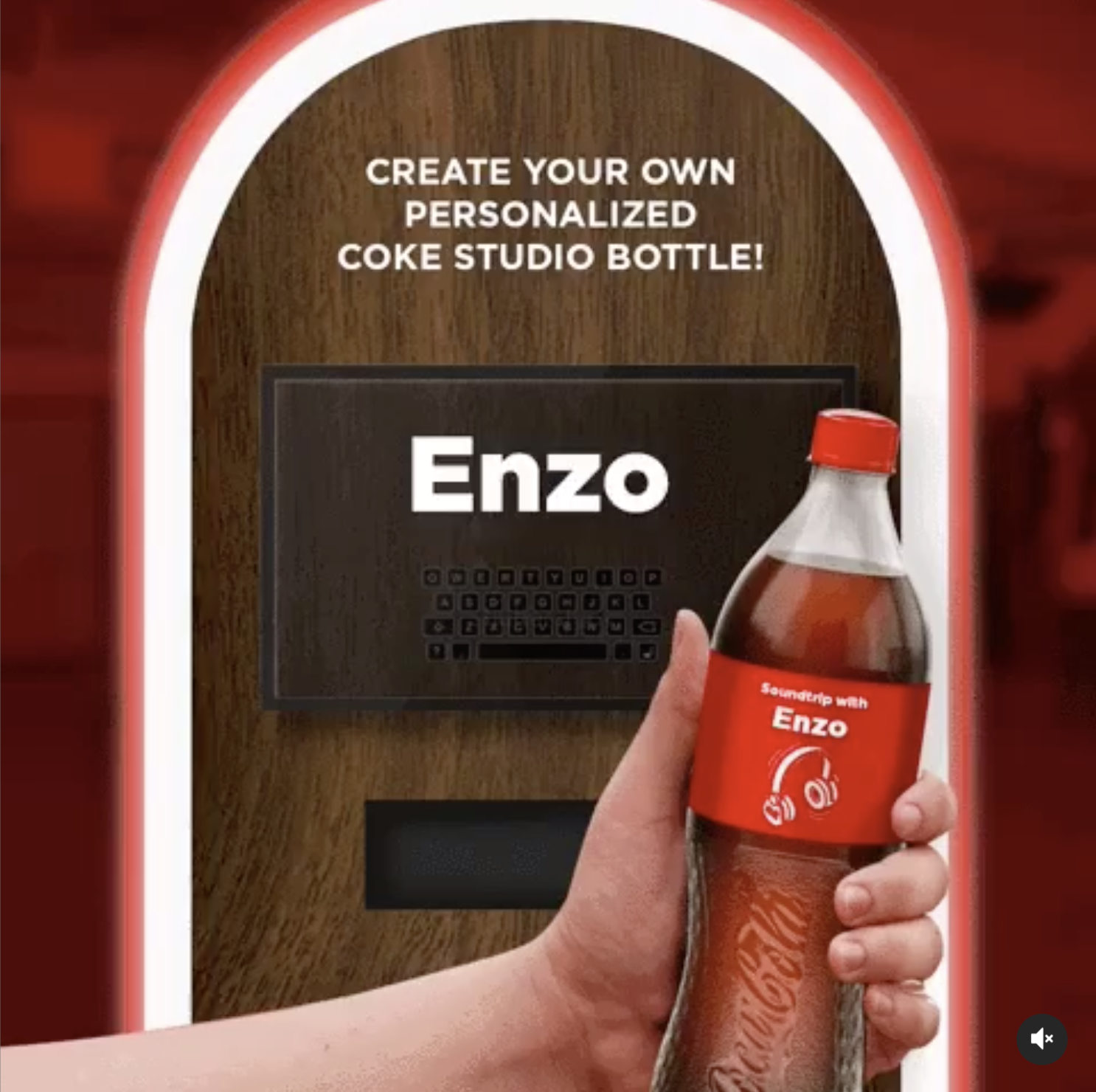The internet made it possible for us to have the global market at our fingertips. However, plenty of consumers still care and focus on their local communities, as they should. Localized marketing is an important asset to growing your business. Consumers must be able to engage with brands on their turf. Understanding people’s languages, lifestyles, and customs is important for brands. When it comes to marketing, putting location first has many advantages. If you’re thinking of skipping out on this marketing strategy then you better think again. “Geo-targeted [social media] posts were 6 times more effective than posts shared globally,” according to Nieman Journalism Lab. If you wanna make it big in the market you need to start small. Market to your neighbors and the people closest to you. This will help boost your business in ways you couldn’t have imagined. We’ve created this article to help you figure out localized marketing. We’re going to define localized marketing, give you examples, and tips to help you localize your e-commerce store to increase revenue. Let’s start! “Localization is more than just translating website content; it also engages with customers on a personal level, allowing you to create a brand profile that is both open and exclusive. In a nutshell, localization is about creating trust,” writes Smartling contributor Danyelle C. Overbo. Different companies have different definitions of localized marketing. But one thing is certain: it would benefit businesses of all sizes. A localization approach involves tailoring a product or piece of content to a particular market or area. It’s also known as an adaptation technique. The aim is to make a product seem as if it was designed especially for a certain market or area. When it comes to creating marketing materials, there are many components of the localization process to consider. You would have to: Localization improves the customer service and broadens the appeal of the company. It allows the company to reach out to a different demographic of customers. According to research, “75% of customers choose to purchase goods in their native language.” However, the team would not be able to easily copy and paste ad strategies. A country has its own set of cultural norms. When approaching a new market, be cautious. Conduct thorough research. It might be necessary to localize the taglines and slogans. Allow your company’s marketing department to set the tone for your brand. They are in charge of ensuring that the name and likeness are recognized in all markets. Your local marketing teams should lay the groundwork for gaining customer interest in their neighborhoods. Make the ads more regional. To convert the target audience, make the correct first impression. The aim of localization, according to Matt Harris (CEO of Sendwithus), is to have the best possible customer experience. The corporation will be able to ensure that its message is important to its global audience by spending time and money in this process, which will pay off handsomely. Businesses who customize content for consumer culture, language, and etiquette have the greatest international success. Let’s take a peek at those figures: Because of these numbers, proper SEO and boosting the marketing activities in new languages – by regional paying promotions – can have a significant commercial effect. A combination of localized ads and ensuring that the core non-English target will engage with the product in their preferred language is also a successful starting point. Localized Marketing is a huge advantage for your business. It opens up a slew of new possibilities. Let’s look at some of the moves you can take to localize your marketing efforts now. How does a multinational megabrand connect with its target customer on a personal level? Individualization is the key to finding the responses. To increase engagement and sales, the leading beverage brand studied the most common names in its key markets and printed them on individual bottles. Coke was able to reach a large number of people by using common geographic names. Since the initiative deliberately reached social media users, urging them to share images and stories together, it sparked a sharing spree. People expressed sentiments that were more personal to them as a result of promoting user-generated content in this manner, with Coke facilitating the dialogue and fitting naturally within these posts. Netflix’s experience revolves around giving viewers the service they want. This thread runs across the website, from movie reviews on the homepage to translated subtitles. In reality, both the developer and translation sides of Netflix’s localization activities have been well-known. They’ve created the technologies and processes necessary to translate not only their own applications and interfaces, but also subtitles and voice dubbing. What’s more noteworthy, though, is their content production activities. Netflix, as we all know, has grown into a video behemoth in recent years, making its own original films and shows. Netflix, on the other hand, produces regional content rather than focusing on the popular appeal of American creations. The example we’ve used is Alice in Borderland, A Japanese live action series adapted from a webtoon. It’s gained widespread popularity and is expected to release its second season soon. Spotify uses customer data to identify and monitor emerging local artists, who are then promoted to a worldwide audience. The goal is twofold: not only can the audience discover artists they know on Spotify, but local artists will be able to use Spotify as a platform to reach a wider audience. Spotify benefits from local audiences discovering familiar songs on the site, multinational users discovering new music they would not have discovered otherwise, and musicians flocking to Spotify to attract a larger audience. One of Spotify’s most common services, the Discover Weekly playlist, is a good place to start looking for these musicians. Discover Weekly considers multiple users’ playlists in comparison to their music preferences. As a result, users can discover music from obscure musicians, many of which are from other continents, thanks to a carefully curated playlist. The example above is a screenshot of the OPM genre/category from Spotify. OPM stands for Original Pilipino/Pinoy Music, this means music or artists coming from the Philippines. Before you begin planning your marketing campaign’s localization, it’s important to consider the distinction between the terms localization and translation. The goal is for the target audience to appreciate what they hear, which means a translator can use their skills to make a message sound as original as possible. Essentially, a translator’s job is to appeal to a diverse range of listeners that are fluent speakers of the target language. Localization often entails formatting numbers, times, and other culturally unique elements according to the target language’s specifications. Localization is more adaptive to the local community, allowing it to appeal to a particular audience that are native to that culture. As a result, localization goes beyond translation to make texts more culturally relevant and targeted. Market research is a necessary component of creating a business strategy. It’s also a crucial move toward creating a brand strategy. This move will help you determine which markets you want to pursue and, as a result, which languages you’ll use for localization. When doing market research, there are four main factors to remember, according to Entrepreneur: Prospective market research is a time-consuming and labor-intensive process, but it is completely important for effective marketing localization. Hire a local interpreter who is a fluent speaker of the target language while trying to localize the marketing strategies. You’ll need an interpreter to help the company blend into the target community. When creating marketing plans, localizing your website and social media accounts should be a top priority. If you wish to succeed in the global marketplace of social media, the popular “one language fits all” solution is not the best choice. According to statistics, more than 88 percent of businesses are already using social media to advertise their products, with big brands such as McDonald’s, H&M, and Zara now providing regional social media accounts. IKEA is another example of a company with localized social media accounts. IKEA’s Instagram pages are available in a variety of languages, including Dutch, Russian, Polish, Arabian, Chinese, French, among others. Localizing social media accounts is a crucial factor in putting ad campaigns in place. You’ll be able to sell the idea to a new demographic and engage directly with them in this manner. However, if the website is the main distribution outlet, it must be localized as well. If you want to market your goods to a global audience, you’ll need to localize your website. It ensures that the target customer has a good buying experience, which is critical to the effectiveness of the marketing strategies. Collaborating with local influencers to help bring the product to a new market could be the best choice for young entrepreneurs. According to statistics, 86 percent of people believe influencer marketing is a trustworthy and valuable source of information. Entrepreneurs are entering a new world of influencer marketing. It’s also an easy way to reach out to new people. If you want to expand into new countries, partnering with local influencers will help you achieve your goals. When working with local influencers, however, there are a few things to keep in mind: Finally, if you want to run a good global marketing strategy, you must localize every aspect of it. Go all-in: localize all of your social media platforms and your website. You should make a strong first impression on the new market. When it comes to localizing the marketing strategies, one of the most common pitfalls is partial localization. Here are a few more blunders and traps to avoid. Localization is imminent, and introducing your products or services to new markets should be a priority in your business strategy. Treat it as a critical component of your marketing strategy, and implement this guide to ensure your company’s growth. Your marketing plays a big role in making a good first impression in a foreign market. On the first day, your future clients will demand an in-language experience, and you should be prepared to have it as well as respond to developments in the industry and society as they occur. So, when it comes to deciding when to localize your business, you should start thinking about it right away. Think how you could template webpages to make the translation process simpler for a new market while preparing your website. To make the process easier, each form of material may be templated in any way. Build a time-coded script to accompany your video when you finish it. When it’s time to translate the text for subtitles, you’ll have everything you need to get the job done quickly. When your business is able to extend into new countries around the world, it’s a good idea to concentrate on localizing content. You will generate the crucial in-market first impressions and begin creating brand loyalty for potential consumers all over the world with careful analysis into your markets’ communities and content planned for any point of the consumer lifecycle. Remember, not all of your customers experience life the same way. People see the world differently depending on where they come from and their cultural backgrounds. Localize your brand so both you and your customers can benefit. Hire area experts to assist the staff in navigating a new crowd. Also, don’t forget to humanize the brand. Sell to humans. Speak their language and give importance to their culture. Looking for more blog posts like these? Check all of them out here.What is Localized Marketing?
Why your business need Localized Marketing

Benefits of Localized Marketing

Examples of Localized Marketing
COCA–COLA
NETFLIX

SPOTIFY

How to Incorporate Localized Marketing in Your Business
 Source Image
Source ImageSTEP 1 : Separate localization from translation
STEP 2 : Gain market insights through research
STEP 3 : Work with the locals
STEP 4 : Create localized social media accounts


STEP 5 : Partner up with local influencers
STEP 6 : Go big or go home
Localized Marketing: Final Thoughts
With Just Digital,
Success is Easy-Peasy Lemon-Squeezy.
When life gives us lemons, we generate results. Contact us today and we can start making lemonade.









